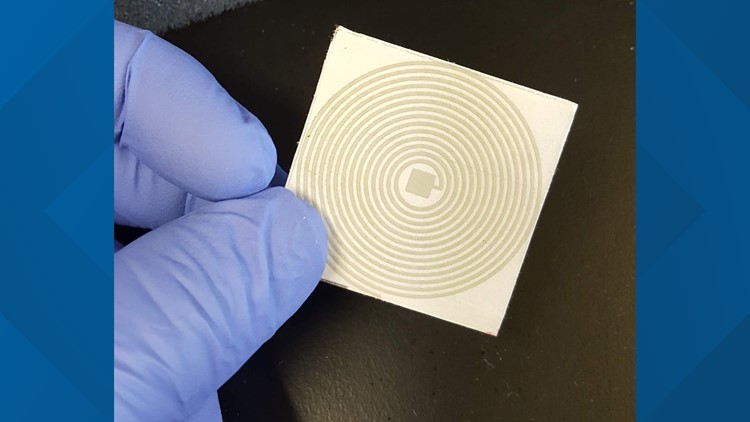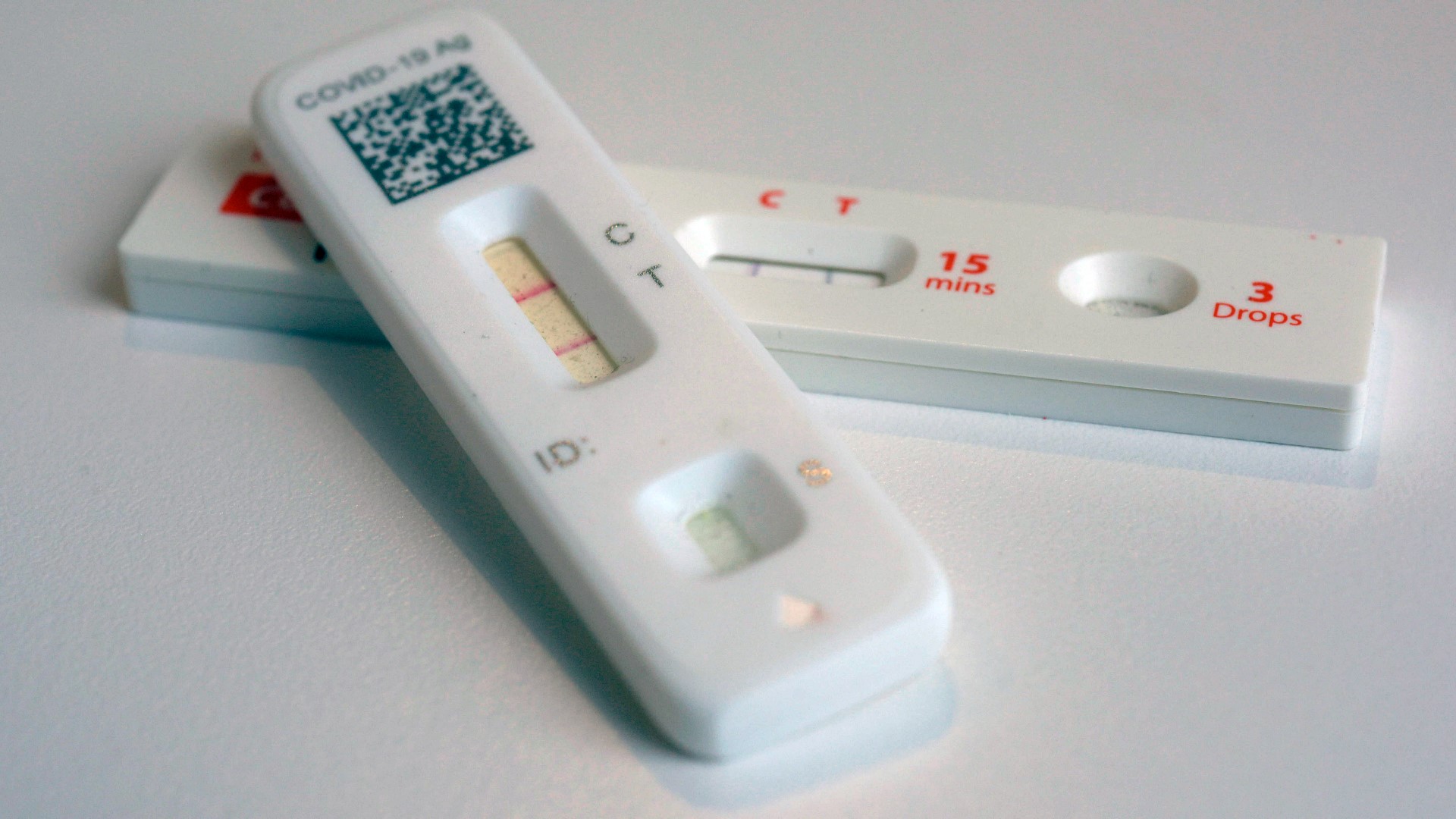AMES, Iowa — Chemical and biological engineers and Iowa State University are developing a COVID-19 test that would make it so no one has to touch the actual sample from a patient.
This no-touch, mail-in, fast-scan test is being developed by Nigel Reuel, an assistant professor of chemical and biological engineering at ISU, and two doctoral students.
A news release from the university says the test would be taken from a patient's home, and it would cost around one dollar.
Those taking the test would give nasal and cough samples and then lay them on a card. The card then goes into an envelope with a virus-killing coating, where it would sit overnight to incubate.
A patient would then send the test via mail to the collection center or just drop it off there. The unopened envelope would be scanned by an electronic reader that can determine if the patient is positive or negative for the virus. Results would be sent directly to the patient through text or email.
The unopened envelope would then be dropped into an incinerator.
“We’re trying to make it so that no one has to touch the samples,” said Reuel. "Let's see if we can make this possible."
Reuel and his team are well on their way to make it possible. Reuel has a one-year, Rapid Response Research (RAPID) grant of $200,000 from the National Science Foundation to develop this test.
"This approach off-loads the burden of diagnostics from health workers, eliminates the increased use of limited personal protective equipment, and provides a better response to outbreaks,” Reuel wrote in the release.
The release claims the test would provide a real-time outbreak map with demographic details to help public officials monitor the virus.
How does this tech work?
It's a sensor system based on "toehold switches" that detect target RNA genetic material. This detection triggers the production of "reporter" proteins. These proteins can change the color of a sensor or, in this case, the frequency of a sensor's signal, according to the release.
Back in January and February, Reuel started a side "skunkworks" project that explored the idea of using the toehold technology as a way to find general disease targets.
This quickly transitioned to targeting the coronavirus that causes COVID-19.
The finished product would involve a multilayered assembly on thick paper, according to the release. The top layer would hold the samples, the middle layer would hold the toehold switch and bottom layers would be a printed, coiled resonant circuit that can be scanned for telltale frequencies.
If there's target COVID-19 RNA within a sample, the toehold switch would allow production of proteins that degrade a coating on the circuit, which would result in a positive signal.
This tech could be tuned to detect other diseases or even future pandemics, Reuel said.
“The driving motivation of this project,” Reuel wrote, “is to provide a faster response to enable widespread screening and tracking of an expanding viral outbreak.”



